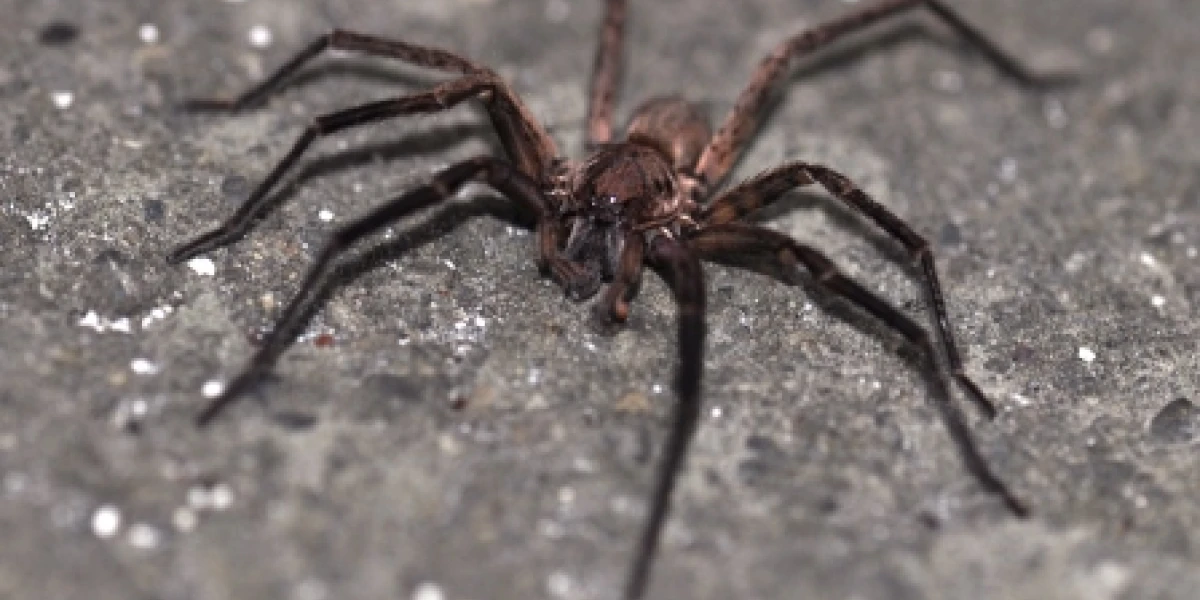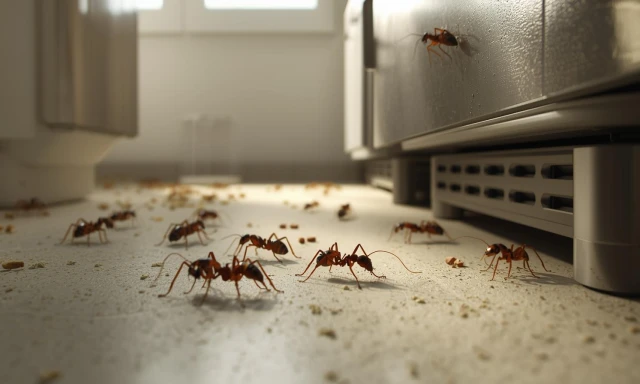Good Spiders
Most spiders are harmless and are beneficial; they catch flies and other insects that could pester us. But there are many people with a fear of spiders. This is maybe an evolutionary hangover from learning that some spiders have a painful bite. Nearly all spiders produce venom* but there are few spiders in New Zealand that can cause harm to humans.
New Zealand has only three spiders that have bites that can cause us concern for our health; the common White-tail spider, the rare native Katipo spider and its cousin the Australian Redback. The Redback is also rare but becoming more common in New Zealand according to AgResearch scientists. The Redback and Katipo have powerful venom that can be very painful and on rare occasions, Redback bites can be life-threatening. However, the rapid administration of anti-venom has meant that no one has died from a Redback bite for more than 50 years in its native Australia.
| Whitetail spider | Redback spider | Orbweb spider |
|---|---|---|
 |  |  |
There is controversy over the risks posed by White-tail spiders. There is much hearsay evidence that the bite of a White-tail can cause ulceration and necrosis, but published studies of confirmed White-tail bites have not shown any link. It is accepted that their bite is painful and can cause localised swelling and itchiness.
White-tail spiders are hunting spiders. They hunt other spiders. Their normal habitat is among leaf litter, but they find our homes and buildings suitable for them to live and hunt. They often find an abundance of other spiders to feed on, and dark dry areas like roof voids to build their nests. The nest of a White-tail is a tangled mass of silk where they lay their eggs.
Insect and spider bites and stings, whether from wasps, blood-sucking insects, biting flies or spiders involve puncturing the skin and therefore some risk of infection. The infection can be directly from bacteria on the insect or spider mouthparts or from the subsequent invasion of disease organisms at the bite site. Because bites and stings often become itchy they often get scratched. Scratching can open up bites to infections that could be serious. Perhaps such infections are the source of the ulceration and necrosis reported following White-tail bites. Avoid scratching bites; application of antihistamines or topical steroids can reduce itchiness and swelling.
Spider bites can sometimes (but not often) be differentiated from bites of insects such as fleas or bed bugs. Spider bites involving venom usually causes pain prior to inflammation. Spiders use two fangs to bite and inject their venom, so it is sometimes possible to identify two puncture wounds very close together.
Spiders are a beneficial part of the natural ecosystem, but many people have a fear of spiders and, as discussed, some pose a risk to our health. Also, many spiders produce webs and webbing that can be unsightly around the eaves and gutters of houses or on fences and furniture. A simple spider proofing treatment of a house can be carried out that will keep spiders outside and leave our homes spider free. Long-lasting insecticides such as NO Spiders Total Protection or NO Bugs Super can be used to get rid of spiders and keep them out. Spray around the exterior of a building where spider webbing is seen and where spiders could gain entry. Inside, spray the bottom and tops of walls, behind furniture and appliances and in voids such as roof spaces. NO Bugs Super Bug Bomb or NO Bugs Super Fumigator fumigators can be useful in hard to access areas such as the rood space and other voids around the home.
Keep spiders outside where they can benefit you and the environment but get rid of them in the house where they can be a nuisance and some bite.
- Download the Kiwicare 1-2-3 Spider Control Programme
- Watch the video on How to Get Rid of Spiders and their Webs
*Only two spider families, Uloboridae and Holarchaeidae, are known to be non-venomous, i.e., lacking venom glands; however, their fangs can inflict infections spread through the skin, which in theory could represent more danger than from bites of non-lethal venomous spiders.
David Brittain
Kiwicare


